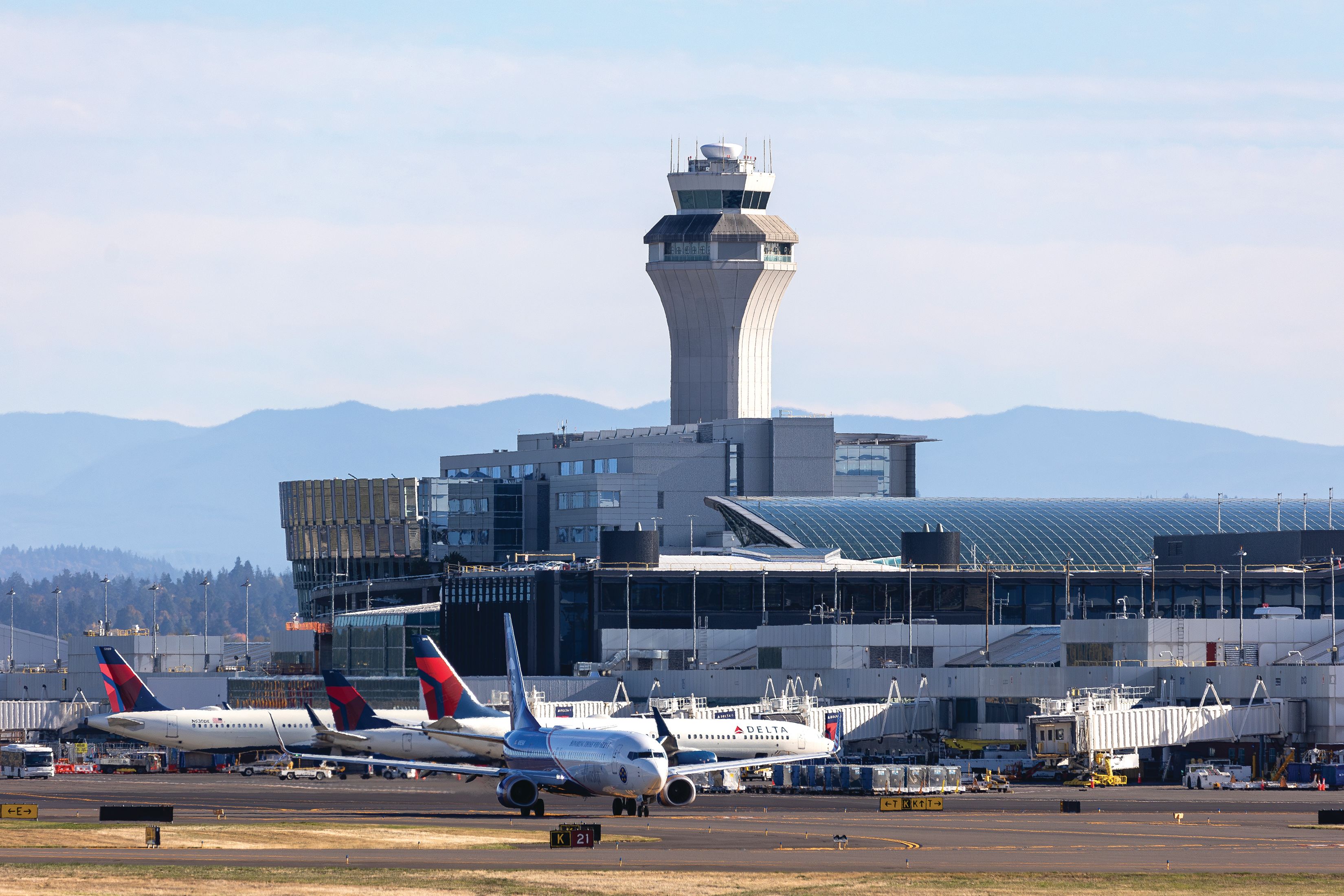How Will Trump's Tariff Tussle Affect Oregon?

“The primary thing we want to do, whether it’s China or it’s any other country, is to reduce tariffs on US exports to those markets. So going in the opposite direction, and doing it in a way that’s politically motivated, is not the way to address what are legitimate concerns with China. Getting in a trade war where you’re negatively impacting US farmers is not the most effective way to get at changing their policy, so a lot of farmers and US workers who are making products become collateral damage.” —Doug Badger, executive director, Pacific Northwest International Trade Association
15%
China’s proposed retaliatory increase of existing tariffs on hazelnuts, pears, cherries, wine, and other US agricultural exports
$3.9b
Total Oregon goods exported to China in 2017
$290m
Total Oregon food and agricultural products exported to China in 2017
35,000
Boxes of Pacific Northwest pears exported to China from 2017 harvest
365.6
Tons of Oregon hazelnuts exported to China during the 2016–2017 season
61m
Bushels of Oregon wheat exported to China in 2017
$127m
Value of Pacific Northwest cherries exported to China (local cherry growers’ largest export market) in 2017
$50,820,229
Value of soybeans exported via Oregon to China in 2017
$40
Average cost of a $25.93 bottle of Oregon wine exported to China with current tariffs, taxes, and shipping costs. Individual producers will decide to either pay the extra 15% (an average of $6 a bottle) or pass that along to their Chinese customers, if they can still compete with the increasing number of Chinese wine growers.




